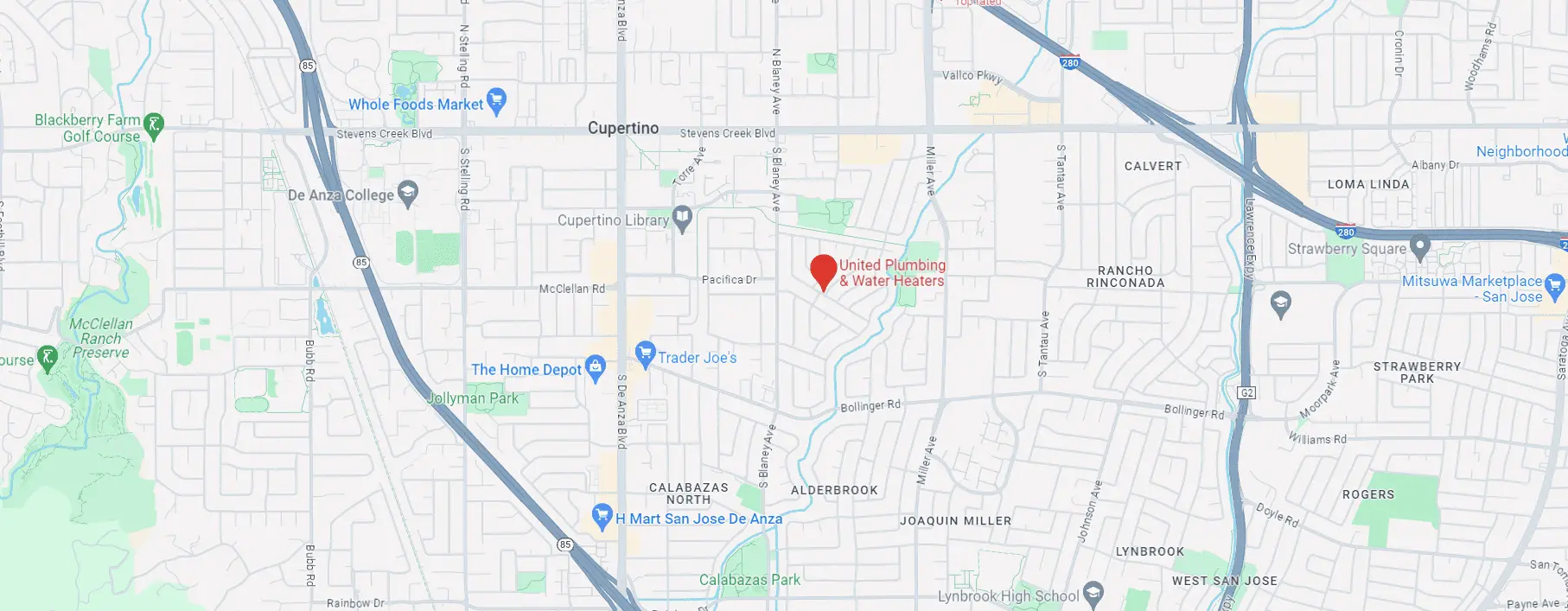Water Heater Temperature Optimization: United Plumbing’s Guide on Balancing Safety and Energy Efficiency in Milpitas
Understanding the crucial role that the correct temperature setting plays on your water heater is vital. Not only does it help lower your energy costs, but it also mitigates the risk of scalding incidents. An optimal water heater temperature ranges between 49°C to 60°C (120°F to 140°F).
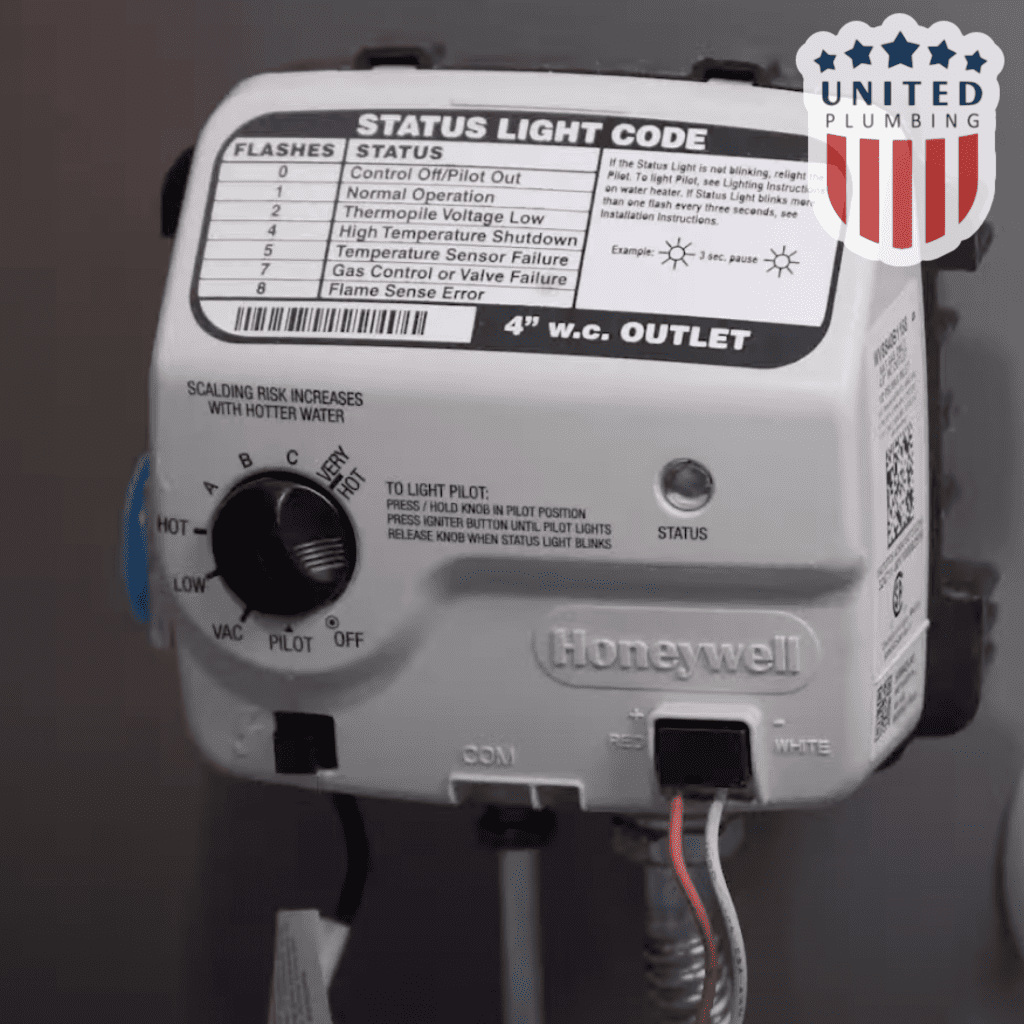
An insufficient setting can lead to inadequate hot water supply, especially during peak usage times, while an overly high setting can cause overheating, leading to tank corrosion and mineral buildup. It’s common for dishwasher manufacturers to recommend a minimum temperature of 54°C (130°F) for optimal functionality. However, this elevated setting increases the scalding risk, making the installation of anti-scald devices or mixing valves, which control the point-of-use water temperature, a wise decision.
By appropriately setting your water heater’s temperature and implementing extra safeguards like mixing valves or anti-scald devices, you can ensure a steady supply of hot water and protect your family from scalding in Milpitas.
Maintaining Your Water Heater’s Temperature in Milpitas
Conducting regular checks on your water heater’s temperature to ascertain it’s within the ideal range is essential. Here are some steps to guide you:
- Cut off the power or gas supply to the water heater.
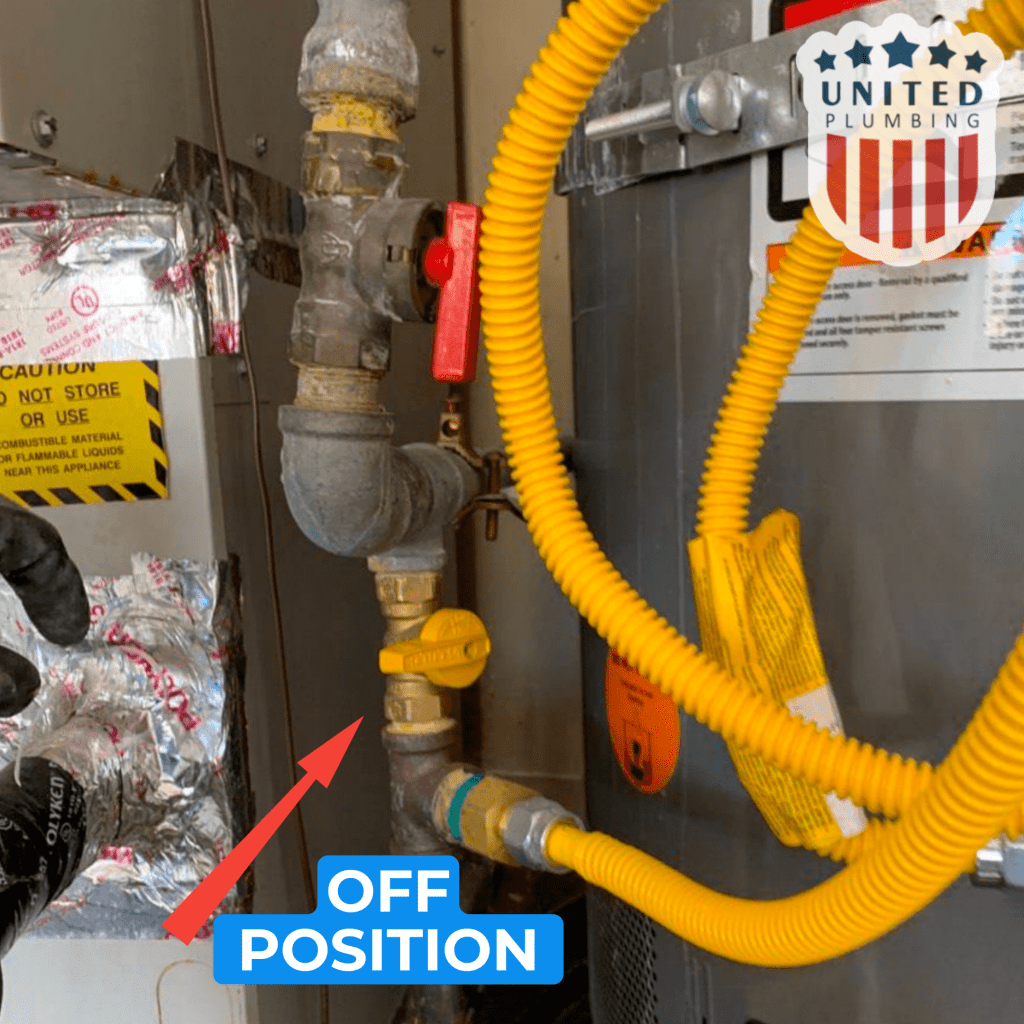
- Allow the tank’s water to cool down for at least an hour.
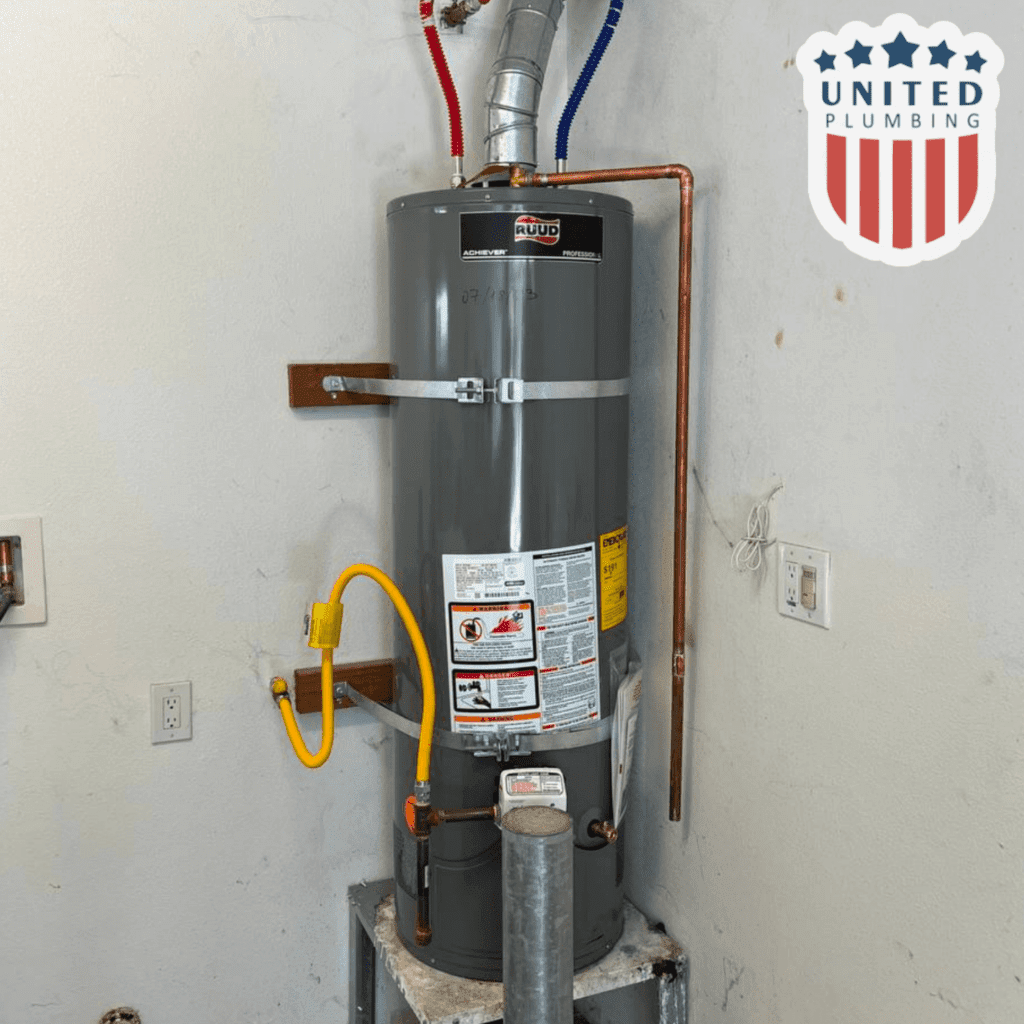
- Remove the access panel of the water heater tank.
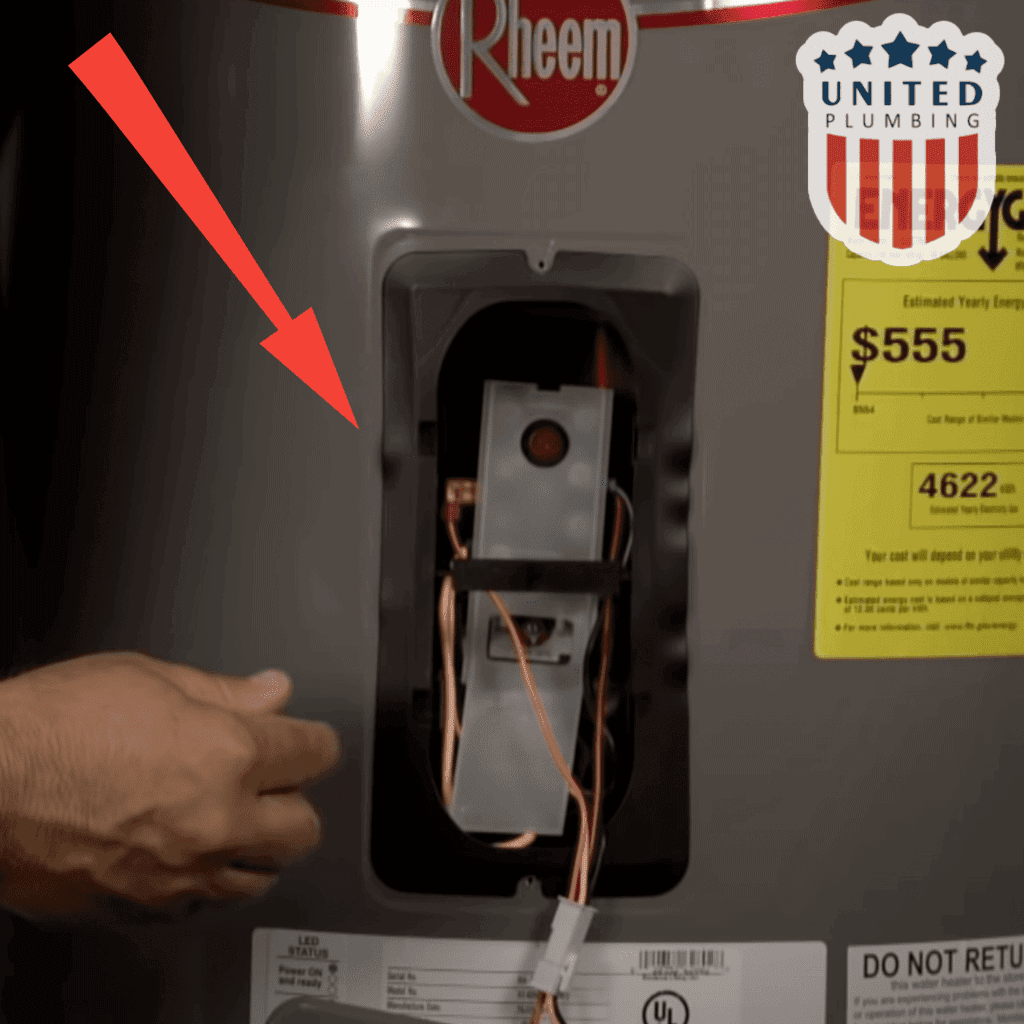
- Locate the thermostat dial and use a thermometer to check the water’s temperature inside.
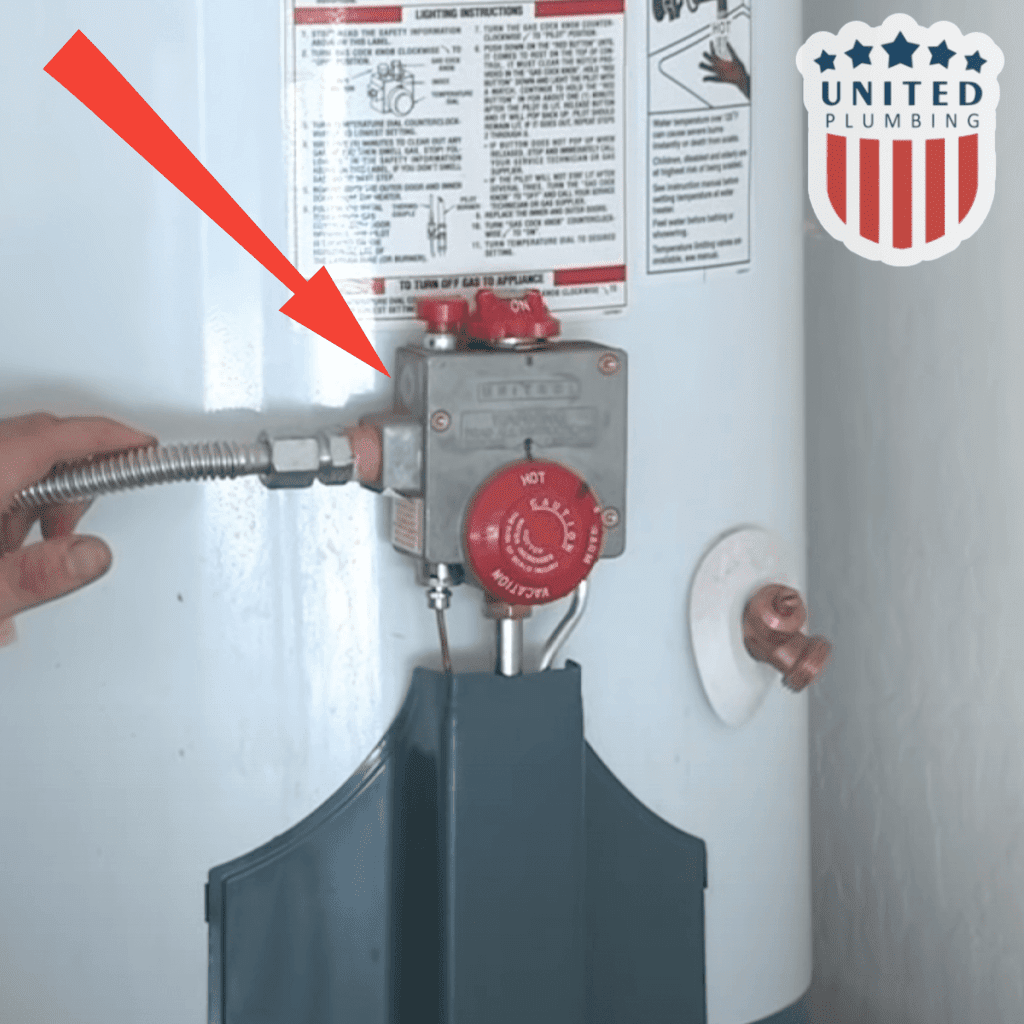
- If necessary, adjust the thermostat dial, making sure it’s not set too high or too low.

By following these steps, your water heater in Milpitas will operate efficiently and safely. It’s advisable to check your water heater’s temperature at least once a year and more frequently if you notice issues with hot water availability or overheating.
Safety Precautions When Adjusting Your Water Heater’s Temperature
Changing your water heater’s temperature can be a simple, cost-effective way to lower energy expenses. However, it’s important to exercise caution while doing so. Here are some safety tips:
- Always turn off the power or gas supply to the water heater before making changes.
- After disabling the power or gas, allow the tank’s water to cool for at least an hour.
- Before making adjustments, check the tank’s water temperature with a thermometer.
- Make small changes, not exceeding 10 degrees Fahrenheit at a time, until you reach the desired temperature range.
- Recheck the temperature after an hour to ensure it’s at your preferred range.
- If your home includes vulnerable individuals, such as children or elderly people, consider installing anti-scald devices or mixing valves to prevent scalding.
Adhering to these guidelines will allow you to safely and efficiently adjust your water heater’s temperature, save on energy costs, and safeguard your family from potential scalding incidents.
Impact of Water Heater Temperature on Energy Consumption and Utility Bills
Your water heater’s temperature in Milpitas has a direct impact on energy use and utility bills. Overheating due to a too-high setting leads to increased standby heat loss and wasted energy, resulting in unnecessarily high costs to maintain hot water.
On the other hand, a too-low setting forces your water heater to work harder to maintain a consistent temperature, which can also increase your energy consumption and utility bills. Keeping your water heater within the optimal temperature range of 49°C to 60°C (120°F to 140°F) can help lower your energy costs while providing sufficient hot water for your daily needs.
Other factors, such as insulation and maintenance, can also affect energy consumption. Insulating your water heater tank in Milpitas and pipes can reduce standby heat loss, while regular maintenance, like flushing the tank, can improve its efficiency.
Implementing these measures can enhance your water heater’s performance and lead to significant energy cost savings over time.
Post views: 665

